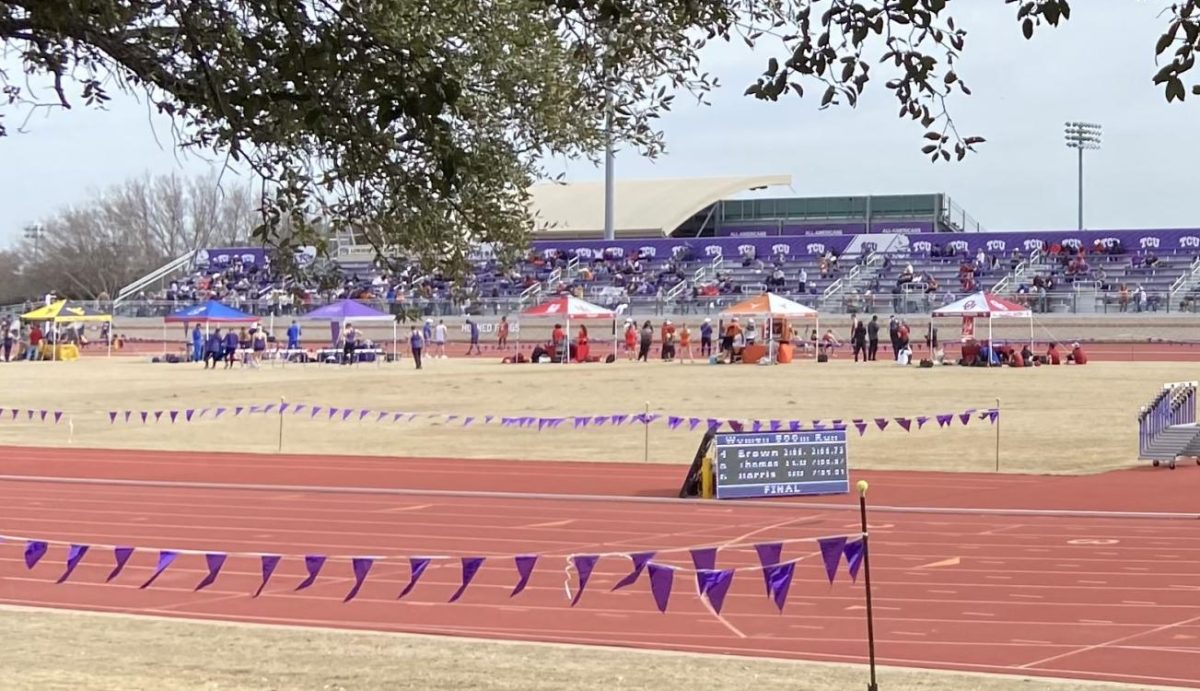Beyond reliability: Texas power grid faces security issues
By Zahra Ahmad, Staff Writer
Published Mar 26, 2025
Categories:



